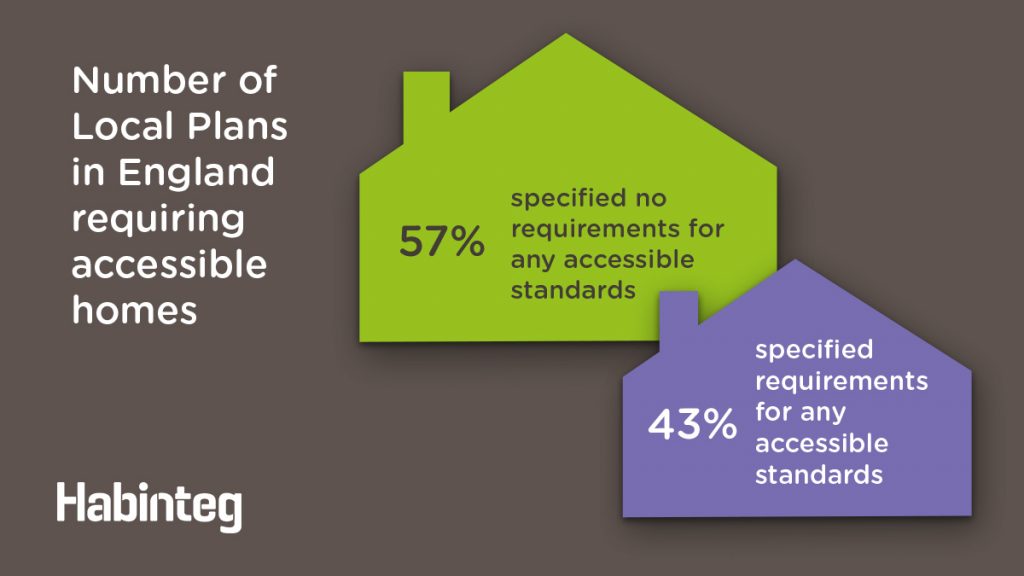Last Updated on 13/05/2020 by steveperry
England is in dire need of more housing. The government has responded with a variety of initiatives aiming to increase and speed up supply, with the ambitious aim of delivering 300,000 new homes per year.
However, as our population ages and rates of disability increase, it is clear that to meet housing needs adequately, it is vital that we ensure the accessibility and adaptability of new homes is sufficient to meet the needs of our diverse population. Without this, disabled and older people will be increasingly excluded from ordinary aspects of daily living with negative consequences for individuals, families, communities and public services.
At present only 7% of our homes in England provide the four basic accessibility criteria to be deemed ‘visitable’ according to the English Housing Survey. Yet there are 13.9 million disabled people in the UK, with numbers continuing to rise. The NHS estimates there are 1.2m wheelchair users in the UK. Failing to address the deficit in the number of accessible and adaptable homes would mean storing up a housing crisis of a different kind if the new homes we build are not able to meet the needs of the population both now and in the future.
The analysis that Habinteg has carried out and presents in this report builds a picture of the extent to which local plans in England are set to deliver homes fit for the future.
Or click below to download a .pdf copy.
Less than a third of the local plans analysed set out a requirement to use current accessible housing standards.
During this study 322 draft and adopted local plans were identified and reviewed. The analysis shows that:

Having reviewed our findings and taken account of the challenges faced by local planning authorities, Habinteg are calling for action at both a national and local level.
Habinteg is calling on the government to:
Habinteg is calling on Local Authorities to:
Find out more
Published: June 2019
Source: Habinteg
Story Link: https://www.habinteg.org.uk/localplans/
PDF URL: https://www.habinteg.org.uk/download.cfm?doc=docm93jijm4n2151.pdf&ver=2575